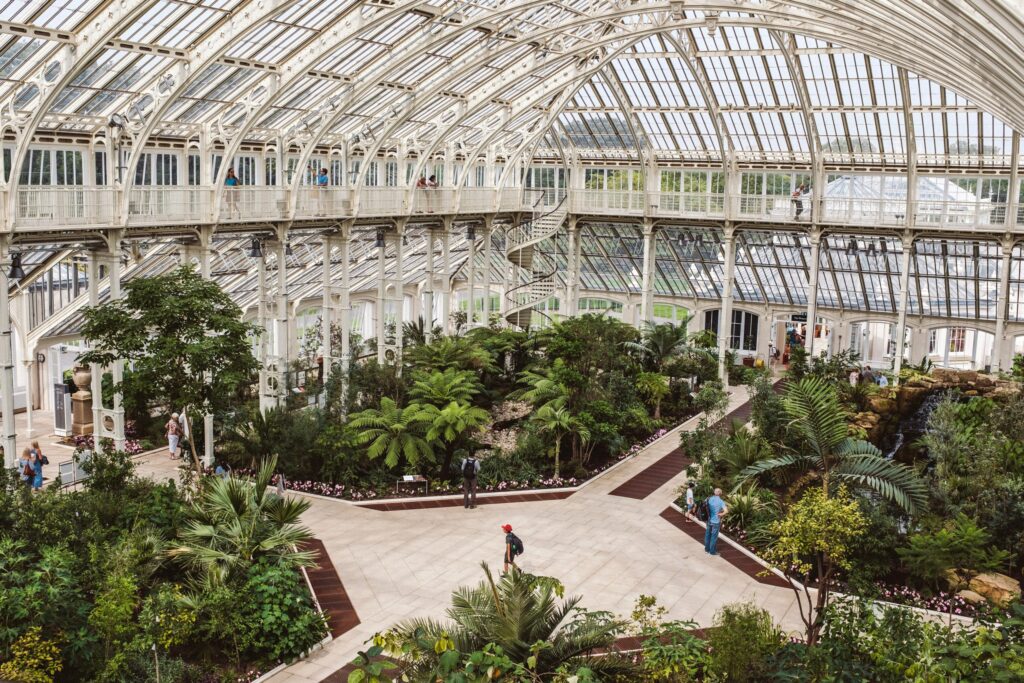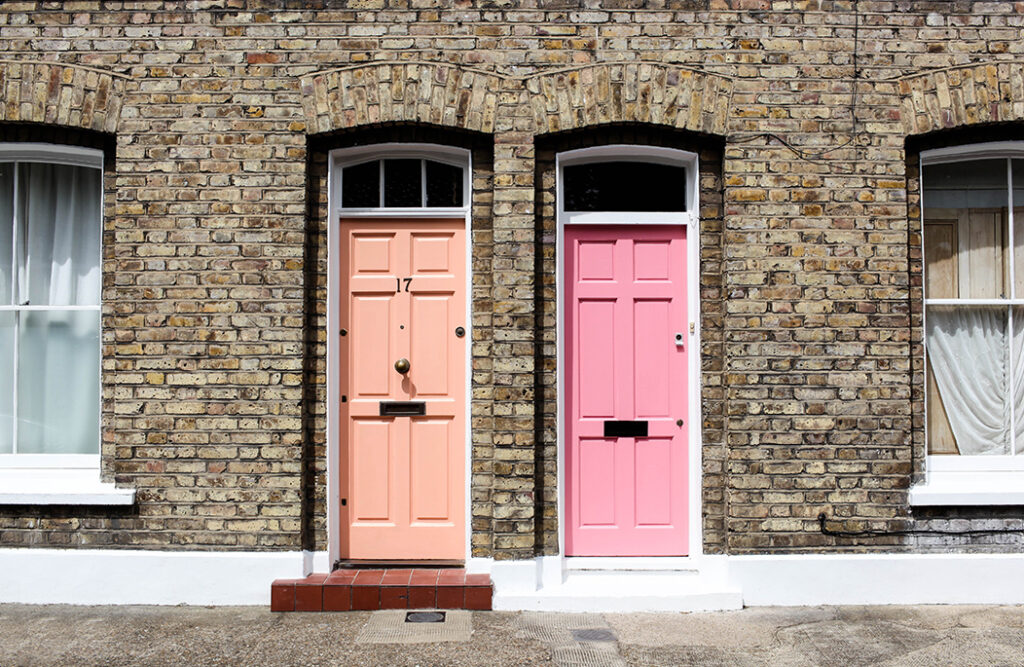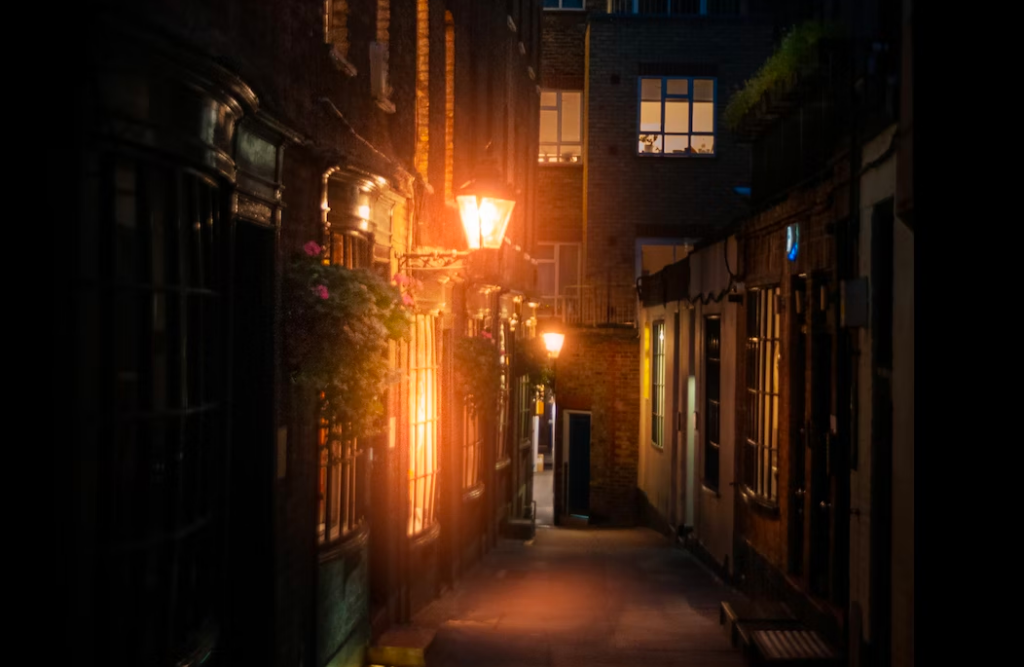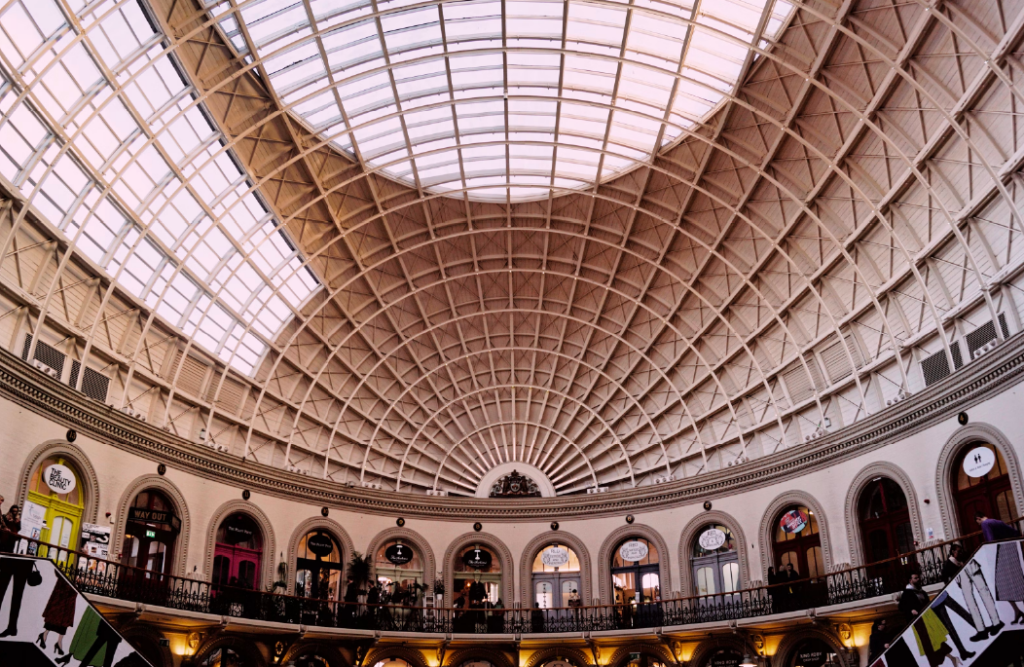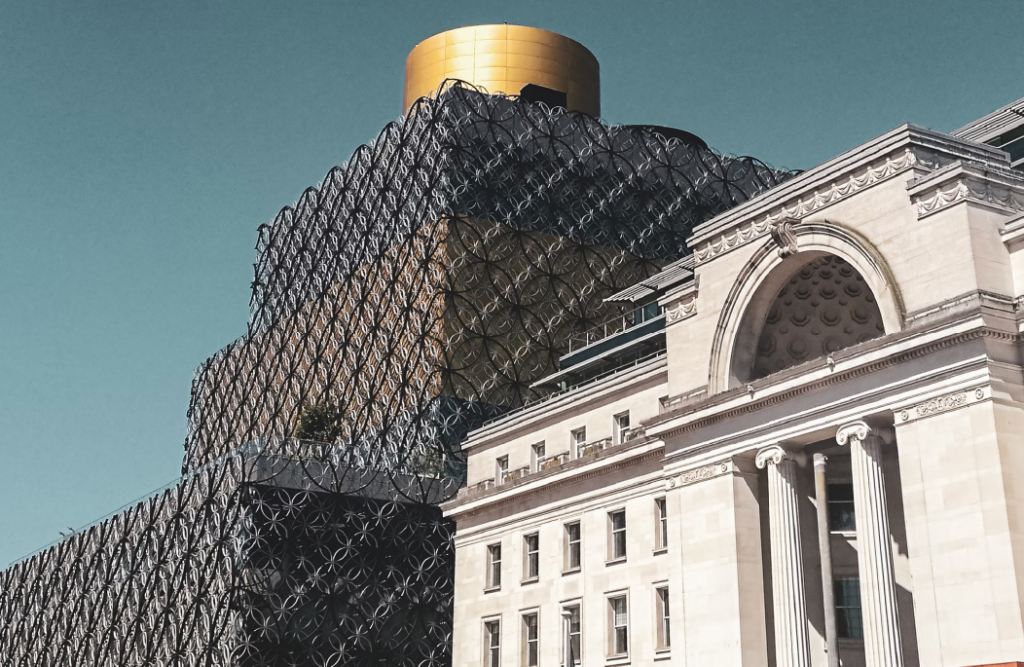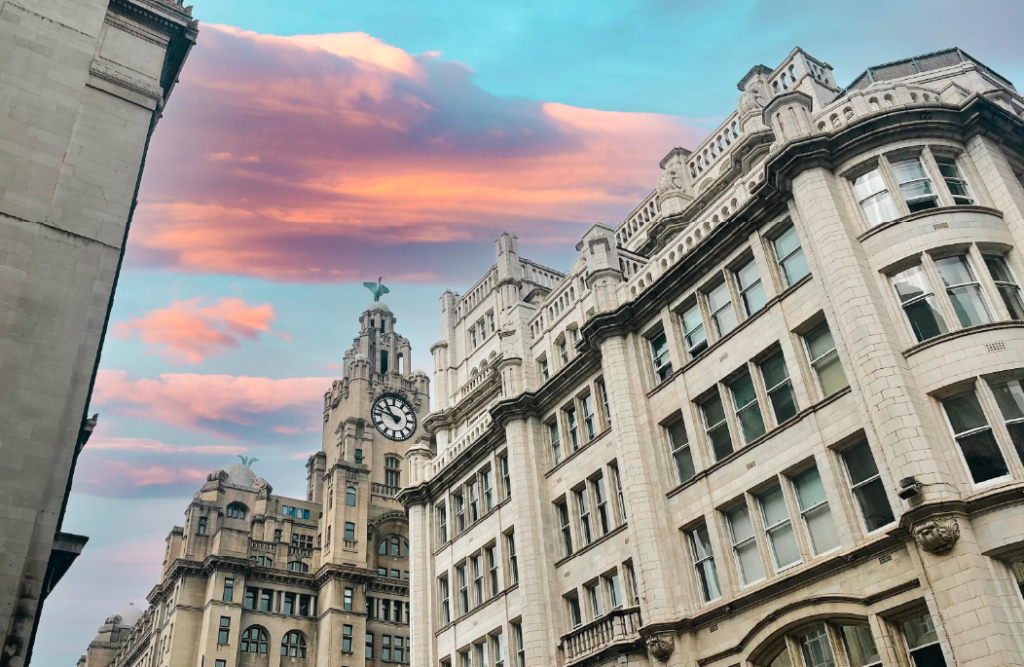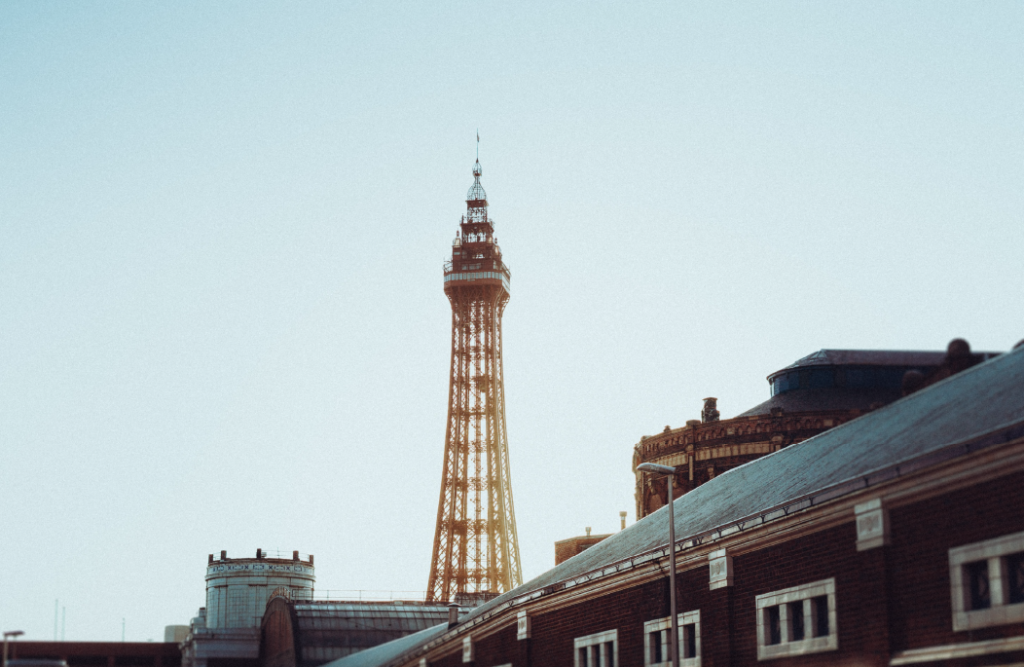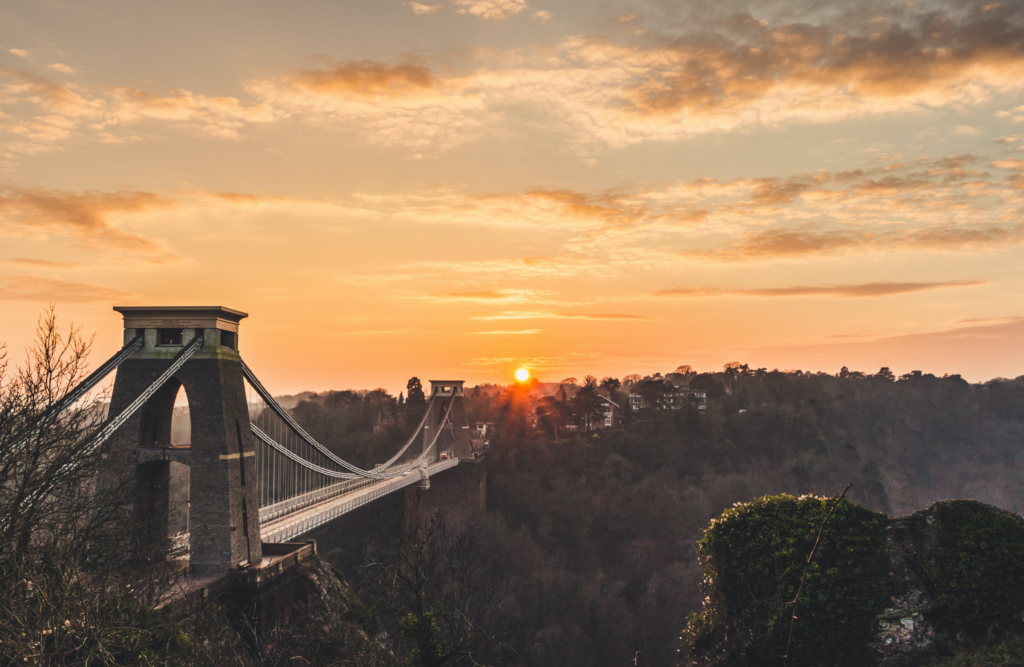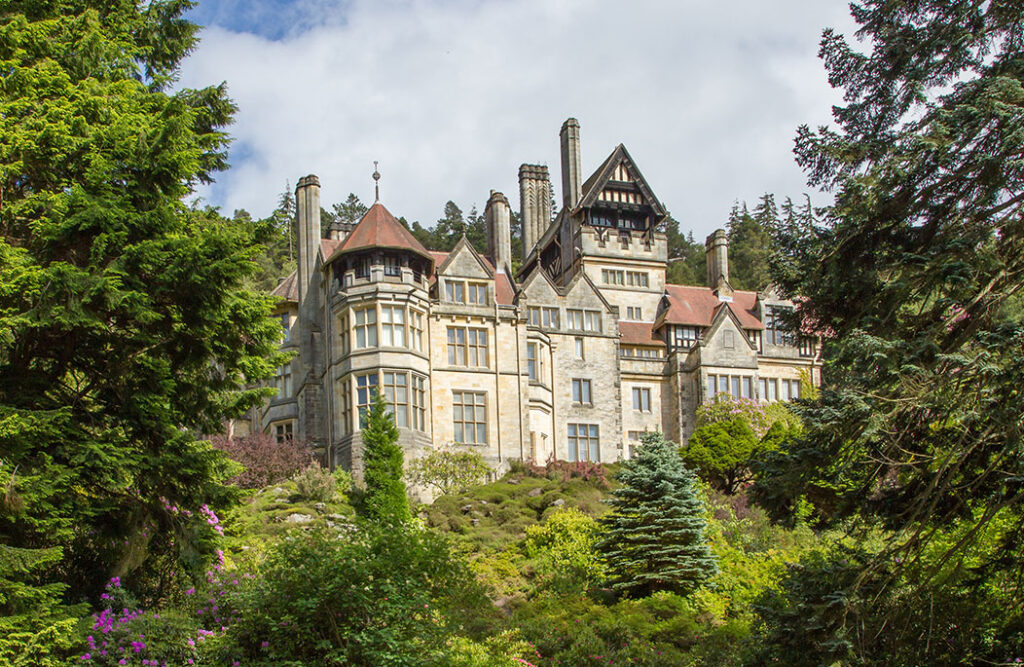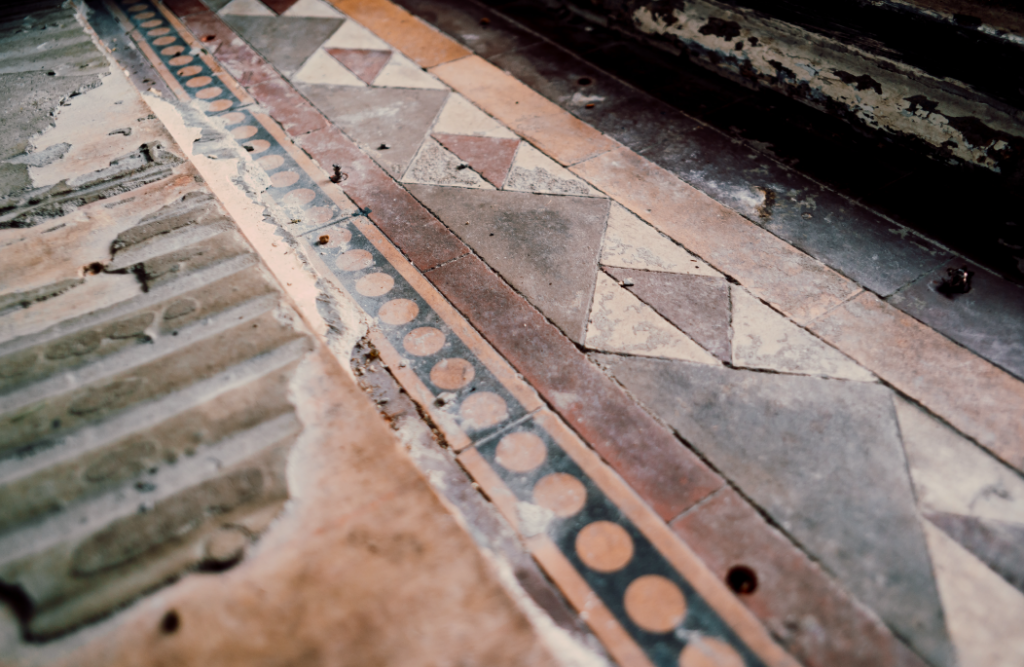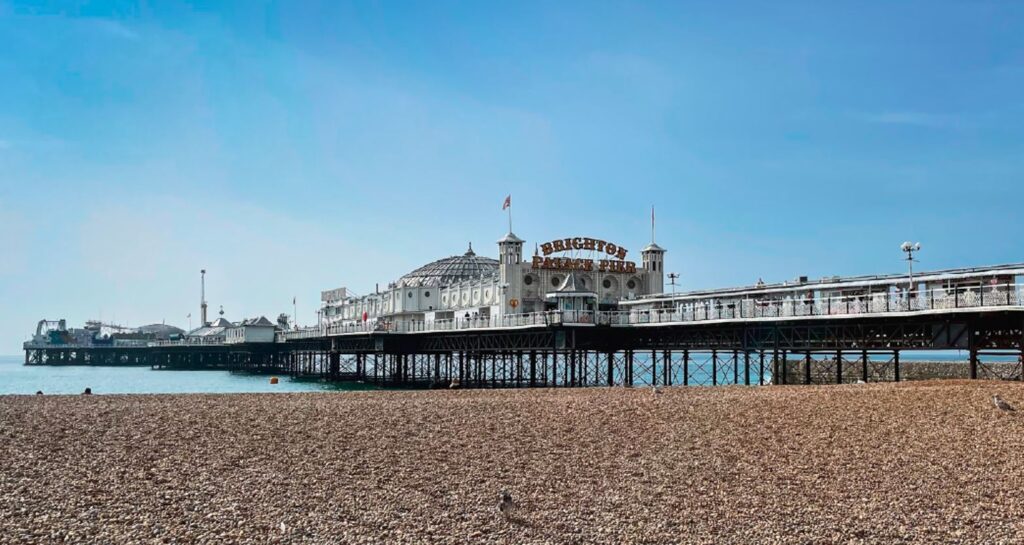The Victorian greenhouse was an iconic feature in the gardens of affluent homeowners throughout the Victorian era.
The Victorians loved horticulture and they brought plants from all over the world to display in their grand gardens. Their quest was to replicate growing conditions of their new specimens’ natural habitats in our rather more challenging climate.
For rich Victorians, that meant the construction of an expensive heated greenhouse, otherwise known as a glasshouse, to protect the rare species they had gathered from around the world. The Victorian glasshouse enabled cultivation of these new plants, as well as grafting, budding and experimentation with them, and they provided a prolonged growing season.
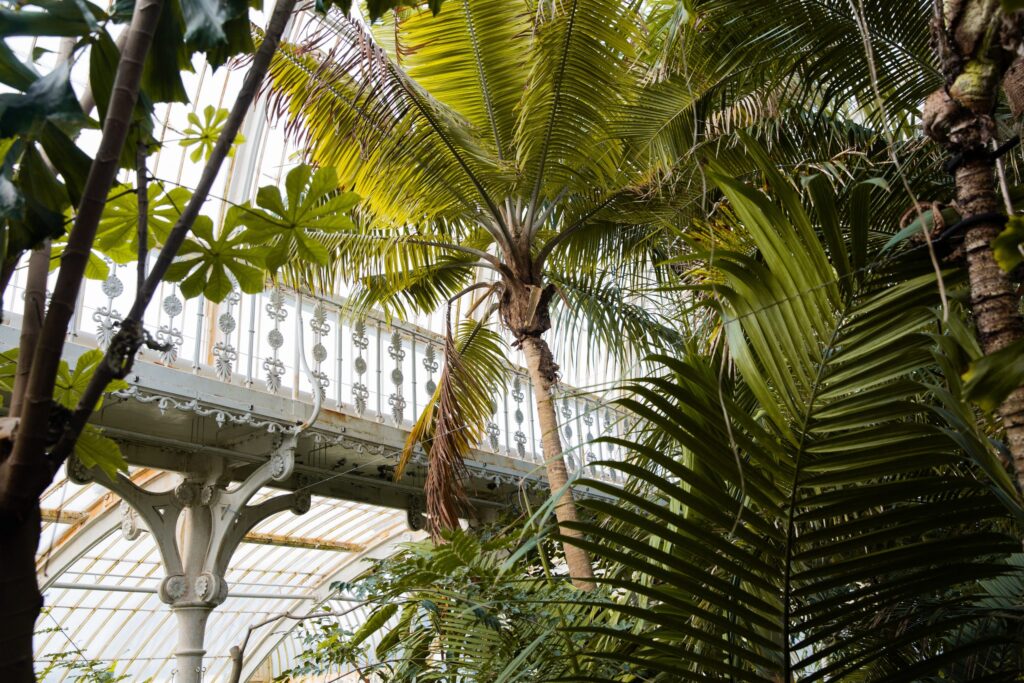
The Victorian glasshouse became a status symbol of wealth because taxes levied on glass and windows made it too costly for most people to consider even the most modest construction.
The gardening obsession was shared by poor Victorians too, but the best they could hope for to protect and “force” sensitive outdoor plants to grow was a basic cloche made from a single pane of salvaged glass.
Gardener, architect and botanist Joseph Paxton (1803-65) was the man the rich and famous turned to for their Victorian glasshouse designs and inspiration. He was head gardener at Chatsworth House in Derbyshire, which boasted its own gargantuan glasshouse before it was unfortunately demolished in the 1920s. He also went on to build Crystal Palace in London for the Great Exhibition in 1851 and many other imperious greenhouses that survive to this day.
HOW WERE VICTORIAN GREENHOUSES HEATED?
Victorians usually used a stove to heat their greenhouse or burned solid fuels like coal. Burning solid fuels was the most popular option as stoves would let off fumes that were harmful to the plants.
download the full victorian homes ebook
Download Victorian Homes, a free ebook created by Adrian Flux insurance services. It is full of Victorian house facts, tips on how to create a Victorian style house — even if you live in a new-build home — and advice on where to source original Victorian and reproduction fixtures, fittings, furniture, accessories and art.
INDUSTRIAL ADVANCES MADE GREENHOUSES MORE AFFORDABLE
In the mid 19th century, glasshouse production costs fell as timber became cheaper to import, paint and bricks could be mass produced, and there was increased production of wrought and cast iron.
The glass tax was repealed in 1845 and the window tax in 1851. This meant the working middle classes could now afford to own greenhouses too. The proliferation of Victorian glasshouses continued apace when manufacturers began designing and producing small, practical greenhouses for self assembly.
These Victorian glasshouses were characterised by a steep roof pitch to optimise light and provide headroom clearance for palms and other tall plants. Narrow glass panels and detail such as cresting and finials also became abundant.
Victorians filled their new greenhouses with exotic ferns, flowers, fruits and beautiful blooms from around the world – the more variety the better, as variety suggested the owner was well travelled and therefore more affluent than the neighbours!
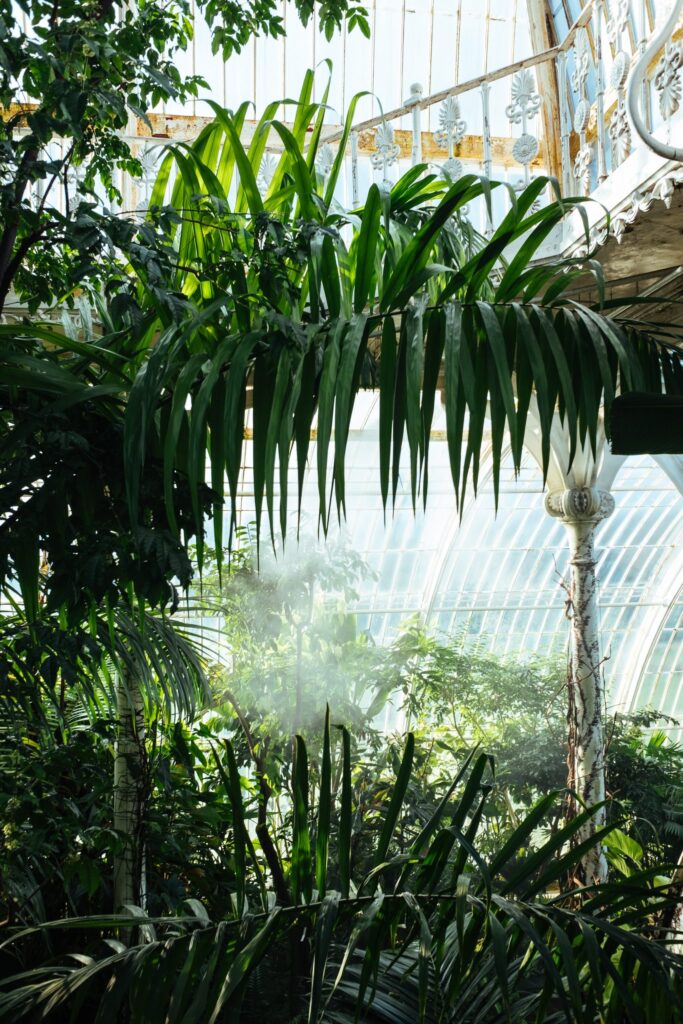
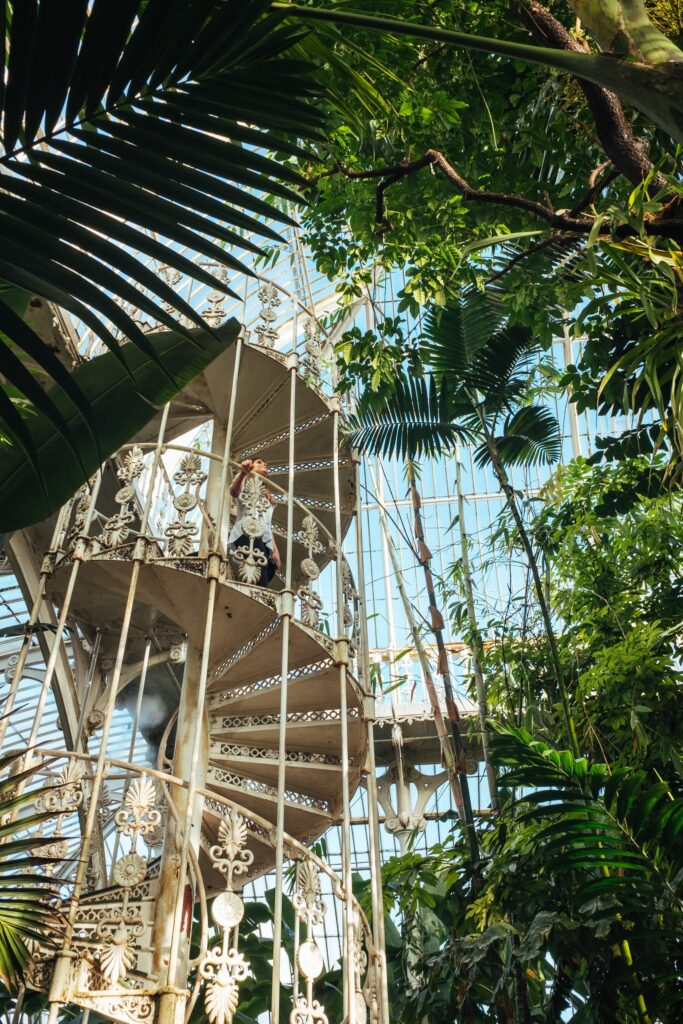
WHAT’S THE DIFFERENCE BETWEEN A GLASSHOUSE AND A GREENHOUSE?
Confused by the difference between a glasshouse and a greenhouse? This might help.
The word “greenhouse” is a synonym of “glasshouse”, meaning they are more or less the same thing.
However, although they were once two words for the same thing and only referred to buildings made of glass, nowadays the term “greenhouse” has expanded to include buildings that are made of plastics such as polyethylene. So, while a glasshouse only refers to plant-growing buildings made of glass, a greenhouse still has this meaning but has grown to include buildings made from other materials.
In this blog, although we use both terms, we’re really referring to traditional ones that are made of glass. Either way, both types of building allow plants to grown more rapidly than outside the building by the action of heat from the sun.
Put more simply, a glasshouse has to be made of glass but a greenhouse may be made of glass or plastic.
FIVE FABULOUS VICTORIAN GLASSHOUSES TO VISIT
You’ll be pleased to know that some Victorian greenhouses are still standing around Britain. Here’s a list of our favourites, which are perfect to visit if you want some inspiration.
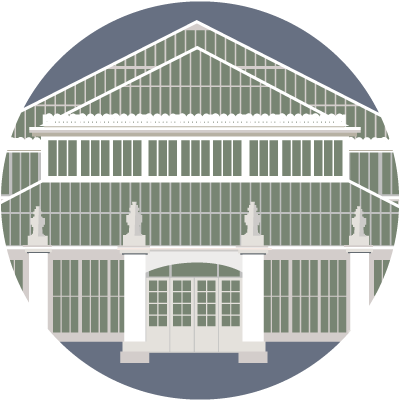
1. THE TEMPERATE HOUSE AT THE ROYAL BOTANICAL GARDENS, KEW
Temperate House is a Grade I listed building at Kew Gardens in southwest London that was originally unveiled to the public in 1863. It houses more than 10,000 plants, with 1,500 species coming from far-flung places such as Africa, Australia, New Zealand, the Americas, Asia and the Pacific Islands.
Visitors can also have a look around Kew’s iconic Victorian Palm House and the cactus-filled Princess of Wales Conservatory.
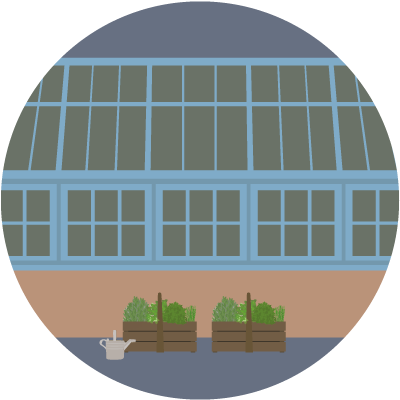
2. THE GLASSHOUSE AT DOWN HOUSE, ORPINGTON, KENT
Down House is the picturesque former home of Victorian naturalist, geologist and biologist Charles Darwin, who is famed for his theory of evolution, which is now accepted as a fundamental concept of science.
The English Heritage site in Orpington, Kent boasts a gorgeous glass-paned hothouse exhibiting carnivorous plants and orchids from around the world.
You even get the chance to seek inspiration from the oracle by strolling Darwin’s “thinking path” where he formulated many of his best ideas.
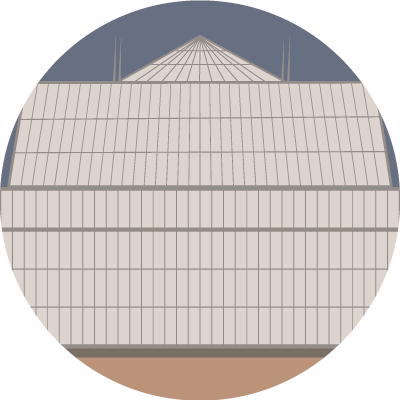
THE FERNERY AT TATTON PARK, CHESHIRE
The Fernery at Tatton Park was another Paxton creation designed and built in the late 1850s. It is one of the largest surviving glazed ferneries in the country and houses an extensive collection of ferns and tree ferns, some of which are the original plants collected in New Zealand and Australia by Captain Charles Randle Egerton in the 1850s.
The adjoining Show House was created as an area to “show off” the latest flowering plant species which change by season. The Conservatory at Tatton has also undergone restoration work to restore it to its original Victorian plan and splendour.

THE VICTORIAN FERNERY AT ASCOG HALL GARDENS, ARGYLL, SCOTLAND
This beautiful sunken glasshouse fed by natural spring water is part of a collection of 20 gardens spread throughout Argyll in Scotland.
The Victorian Fernery was built in 1875 and exhibits exotic perennials, shrubs and ferns, including a 1,000-year-old King Fern, the garden’s centrepiece.
Unusual and exotic perennials, shrubs and trees – from the blue Meconopsis varieties and the fiery red Chilean Fire Tree to the purple display of the Northern Marsh orchid – await visitors along with a display of seasonal colours in the various garden rooms.
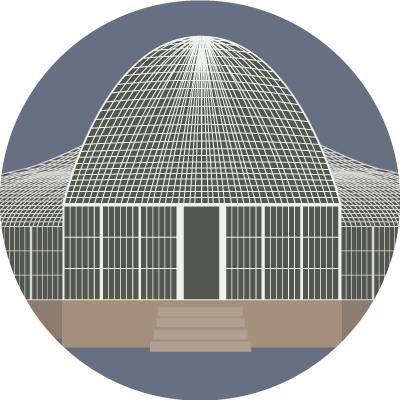
BICTON GLASSHOUSES AT BICTON GARDEN, DEVON
The historical gardens at Bicton boast three magnificent glasshouses, the most spectacular of which, the Palm House, was built in the 1820s. It has a daring curvilinear design that uses 18,000 small glass panes in thin iron glazing bars.
As the name suggests, The Palm House contains a wide selection of rare and beautiful palms.
Get more information in our e-book
For more insights into life in Victorian times, download the Adrian Flux Victorian Homes ebook for free. It’s full of ideas for how to create a Victorian-style house — even if you live in a new-build home — and advice on where to source original Victorian and reproduction fixtures, fittings, furniture, accessories and art.
Looking to insure your Victorian Home?
Adrian Flux is a specialist insurance compnay offering bespoke cover for all period and Victorian homes. Call 0800 369 8590 got a fast and hassle-free quote.
Our home insurance customers saved an average of 31% in 2021 when taking out a policy with us. See how much you could save by giving us a call.
